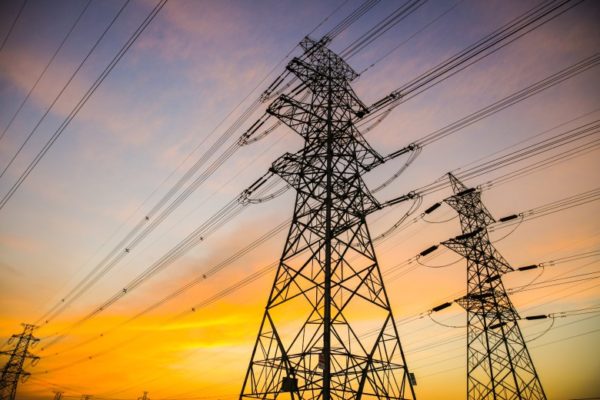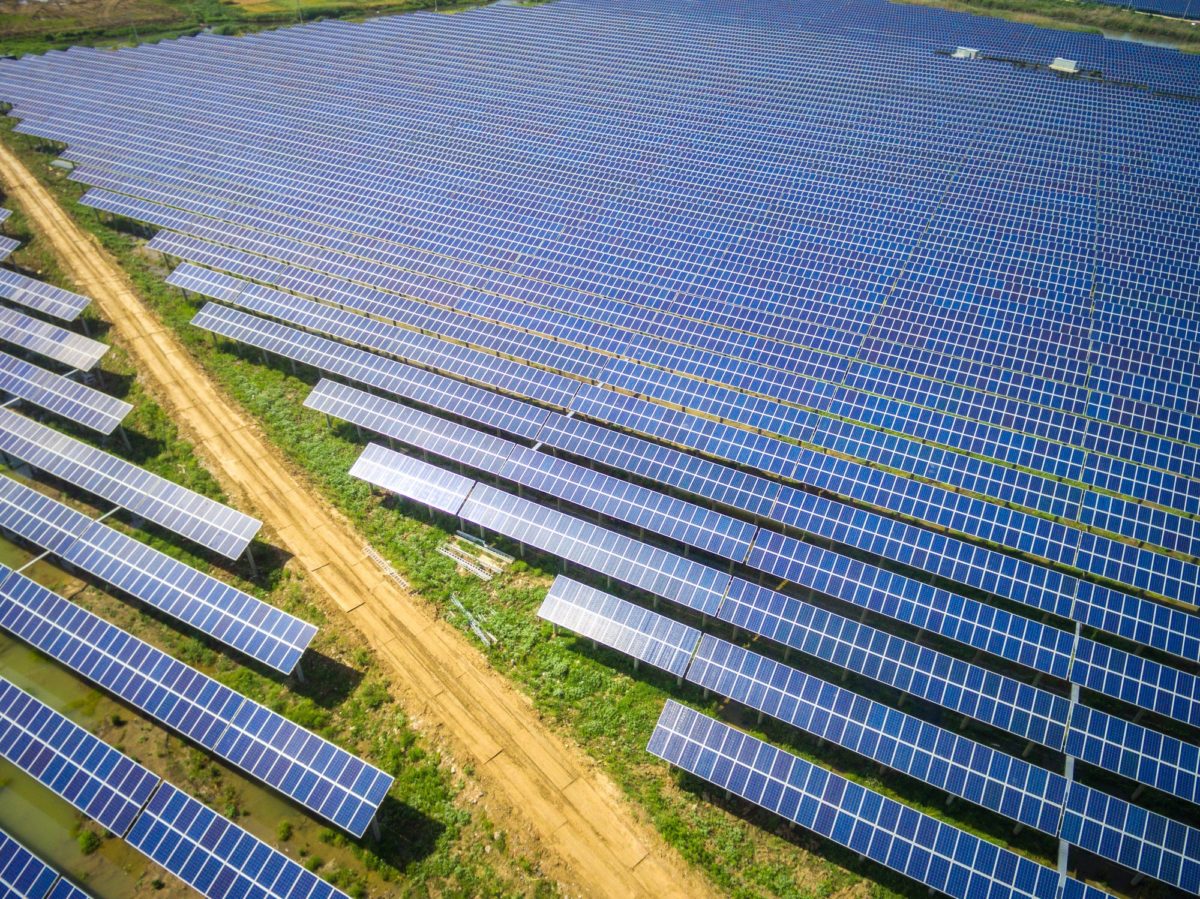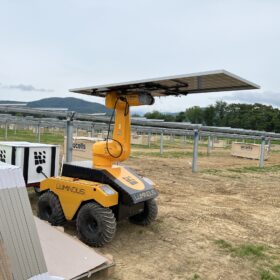New analysis from the Commonwealth Scientific and Industrial Research Organization (CSIRO) shows that even when factoring in additional integration costs arising due to the variable output of renewables, solar PV and wind remain the cheapest sources of new electricity generation in Australia.
The results are included in the latest edition of the GenCost report, developed by the CSIRO in collaboration with the Australian Energy Market Operator (AEMO) and industry members to deliver an annual update of electricity generation and storage costs.
CSIRO chief energy economist Paul Graham said the 2021-22 report confirms past years’ findings that wind and solar remain the cheapest source of electricity generation in Australia but suggested the influence of global events on the domestic market will likely put further cost reductions on hold for the next year.
“What will be different in the next year is that we will have a confluence of factors impacting project costs,” he said.
“The war in Ukraine has resulted in fossil energy price inflation which flows through to all parts of the economy through transport and energy costs. We also have tight supply chains that are still recovering.”
Graham said projections in the report assume that cost reductions for all technologies will stall for the next 12 months but after the current inflationary cycle ends, solar, wind, and batteries are all projected to keep getting cheaper.
The GenCost report compares and estimates the levelised cost of large-scale electricity generation and storage in Australia, encompassing current capital cost estimates commissioned by AEMO.

Image: CSIRO
CSIRO chief executive officer Larry Marshall said the report considers a range of future scenarios to understand the mix of technologies that may be adopted and costs for each of these possible pathways and provides important insights into the electricity market, helping industry and government navigate Australia’s energy transition.
“Australia’s energy sector faces a number of unique challenges as we navigate the transition to net zero emissions,” he said. “GenCost is a rigorous analysis to help inform decision makers with detailed insights to support the decarbonisation of Australia’s energy system.
“The latest report shows renewables are holding steady as the lowest cost source of new-build electricity.”
The CSIRO said onshore wind and solar PV without transmission or storage costs are the lowest cost generation technology by “a significant margin”. The agency’s analysis also confirms that even when necessary integration costs are included, adding new variable renewable generation (to as high as a 90% share of the grid is still cheaper than non-renewable options.
It also shows that solar and wind only begin to require additional investments in storage and transmission when variable renewables reach about 50% share of generation. Even then they remain the cheapest sources of electricity up to a 90% share of generation. The analysis says from there, a mix of other renewables such as hydro power, biomass, and green hydrogen would be required to transition to a 100% renewables system.

Image: CSIRO
While wind and solar PV remain the cheapest forms of generation, the report also indicates that battery costs, based on projects deployed, have experienced a modest 5% to 6% decline on previous years’ costs.
The 2022 report also includes an update on costs of hydrogen electrolysers, highlighting that they are experiencing “rapid cost reductions” and could support a faster transition to green hydrogen, particularly in the current context of high natural gas prices.
The updated analyses also found that cost reductions for technologies not currently being widely deployed such as carbon capture and storage (CCS), nuclear small modular reactors, solar thermal, and ocean energy are lagging and require increased investment to realise their full potential.
AEMO system design executive general manager Merryn York said analysis shows that timely investment in new, firmed renewables will provide the most economic form of electricity generation moving forward.
“With growing opportunity to decarbonise Australia’s economy, understanding the investments that can support a low emissions power system, provide resilience to international pressures, and reduce consumer costs is critically important to enabling the energy transition,” she said.
This content is protected by copyright and may not be reused. If you want to cooperate with us and would like to reuse some of our content, please contact: editors@pv-magazine.com.









By submitting this form you agree to pv magazine using your data for the purposes of publishing your comment.
Your personal data will only be disclosed or otherwise transmitted to third parties for the purposes of spam filtering or if this is necessary for technical maintenance of the website. Any other transfer to third parties will not take place unless this is justified on the basis of applicable data protection regulations or if pv magazine is legally obliged to do so.
You may revoke this consent at any time with effect for the future, in which case your personal data will be deleted immediately. Otherwise, your data will be deleted if pv magazine has processed your request or the purpose of data storage is fulfilled.
Further information on data privacy can be found in our Data Protection Policy.